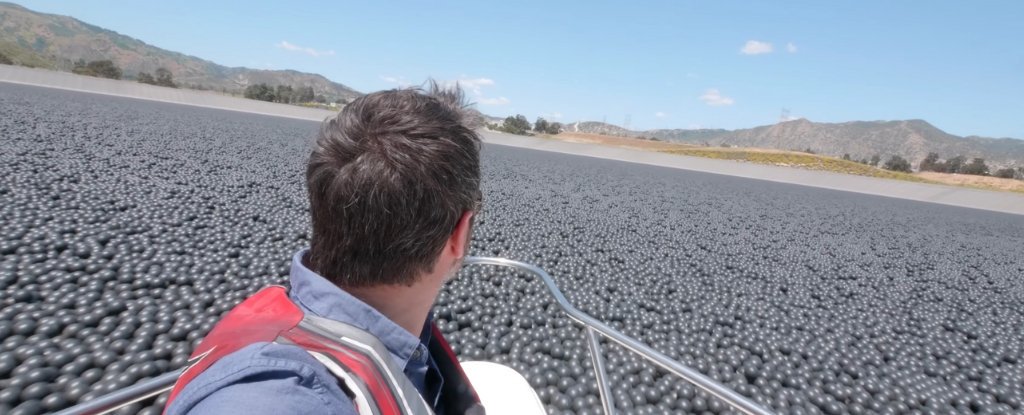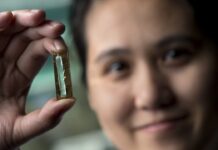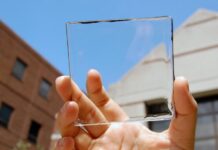In 2015, when Californians faced a record-setting drought, the world watched the Los Angeles Department of Water and Power (LADWP) dump 96 million “shade balls” into the Los Angeles Reservoir: “to improve water quality and save water”.
It was claimed that the shade balls – made from high-density polyethylene (HDPE) recyclable, food-grade plastic – would keep contaminants out of the water, reduce the evaporation of the reservoir by 85 to 90% during a drought, as well as save up to 300 million gallons of water, enough to supply drinking water to 8,100 residents.
However, when You Tube channel Veritasium’s host Derek Muller took a boat tour of the reservoir in Los Angeles, he found that the shade balls were used as a cost-effective way to prevent chemical treatments in the reservoir from reacting with sunlight and creating bromate, which is a carcinogen regulated by the EPA, thus ensuring the water remains safe for Californians. In the video, Muller explains:
“I took a boat through 96 million black plastic balls on the Los Angeles reservoir to find out why they’re there. The first time I heard about shade balls the claim was they reduce evaporation. But it turns out this isn’t the reason they were introduced. The balls are made of high-density polyethylene (HDPE) which is less dense than water so they float on the surface of the reservoir even if they break apart. They are 10cm (4 inches) in diameter and contain about 210ml of water.
“So, the main reason they are on the reservoir is to block sunlight from entering the water and triggering a chemical reaction that turns harmless bromide into carcinogenic bromate. This effect occurs with prolonged exposure to bromate so regulators insist that levels be kept below 10 micrograms per litre on average over a 12-month period.”
Marty Adams, chief operations officer of the LADWP, told Muller why the city settled on the shade balls. He notes:
“The carbon black colour keeps each sphere working for up to ten years, with no toxic waste slipping into the water below. Even better, once these balls are placed on the reservoir, the treatment facility can use less chlorine for algae growth, which tends to thrive in sunlight. And while evaporation was not the original reason these balls were used, they do in fact keep the water below much cooler. So, for all of these reasons, shade balls reduce evaporation by 80 to 90 percent. That’s pretty significant for a dry climate like Los Angeles.”
While Adams claim the shade balls will pay for at least half their original price, approximately a dollar per trio, by the time they are through with their task, a team from the Massachusetts Institute of Technology, Imperial College London, and University of Twente in the Netherlands, found that manufacturing 96 million shade balls required between 66 and 766 million gallons of water — the equivalent of 100 to 1,000 Olympic-sized swimming pools.
“We know that high-density polyethylene itself is made using oil, natural gas, and electricity,” said Erfan Haghighi, an environmental scientist and mechanical engineer at MIT, and lead author on the paper. “And each of these energy sources are water intensive. People need to consider environmental conservation on a global scale, rather than just a local one. They must also consider the entire life cycle of the technology. If the water saving the Los Angeles Reservoir comes at the cost of consuming water in other parts of world, is it worth it?”






